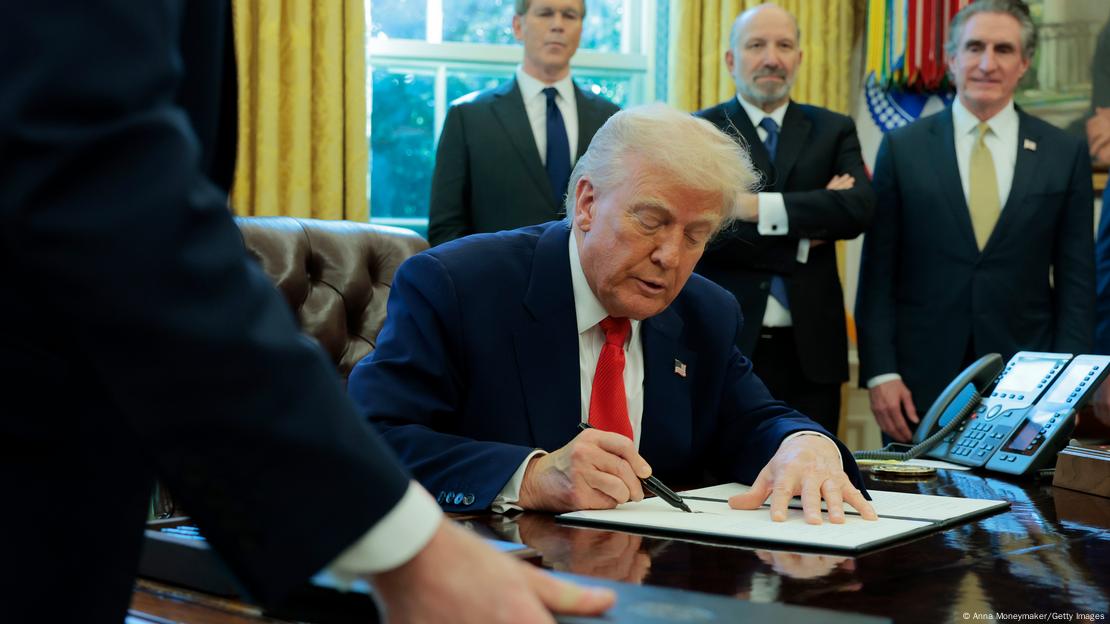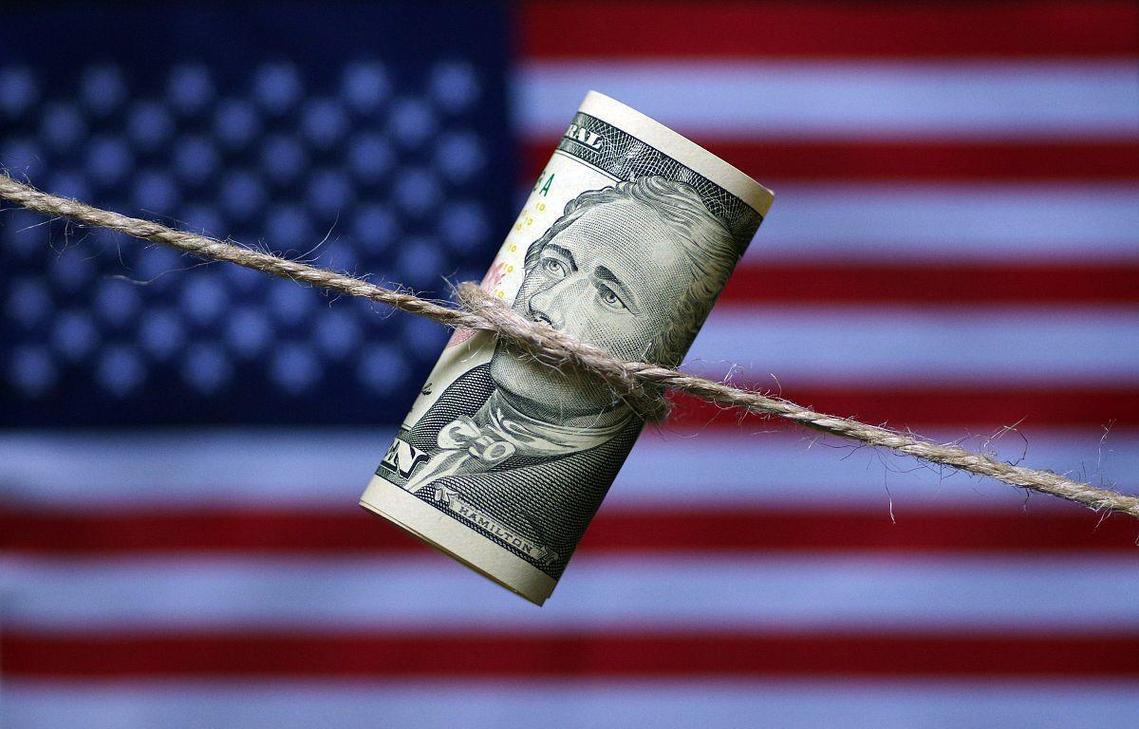
Since April 2025, the trade war between the United States and China has escalated once again, with the situation deteriorating rapidly, triggering deep concerns worldwide about a potential economic crisis. This trade dispute has evolved from a mere economic friction to a major event that affects the global economic landscape, and its spillover effects are spreading rapidly to every corner of the world.
Escalation of the Trade War: Tariff Barriers Layered Up
Starting from April 9, 2025, the US government unilaterally announced the imposition of high tariffs on Chinese goods exported to the US, with the tariff rate soaring to 145%, covering core areas such as electronic products, mechanical equipment, and textiles. China promptly retaliated by raising tariffs on US goods to 125% and further expanding sanctions on US agricultural products and energy. The "smoke of war" in the tariff battle between the two sides continued to intensify, completely shattering the previous signs of trade détente.
The US Economy: The "Boomerang" of Trade Protectionism
The US attempted to revitalize its domestic manufacturing industry through tariffs but has fallen into the trap of "lifting a rock only to drop it on its own feet." Data shows that the US trade deficit with China has not narrowed due to the tariff policy; instead, it has increased due to the disruption of supply chains, causing a sharp rise in enterprise costs. Industries such as automobiles and electronics rely heavily on Chinese imports for raw materials. After tariffs pushed up production costs, enterprises were forced to reduce production capacity or shift investments, directly impacting the US job market.
Even more seriously, inflationary pressure has continued to rise. The US Consumer Price Index (CPI) has remained high due to the increase in import commodity prices, forcing the Federal Reserve to struggle to balance between interest rate cuts and fighting inflation. New York Fed President Williams warned that tariffs would push this year's inflation rate to between 3.5% and 4%, far exceeding the 2% policy target. This "kill one thousand, harm eight hundred" trade strategy is weakening the global competitiveness of the US economy.
China's Economy: Resilience Shines Through Under Pressure
In the face of the trade war, China has demonstrated remarkable economic resilience. On one hand, through the Belt and Road Initiative and the Regional Comprehensive Economic Partnership (RCEP), China has accelerated the construction of a diversified supply chain, reducing its reliance on exports to the United States. In the first quarter of 2025, China's exports to ASEAN rose to 18.7%, surpassing the United States for the first time and making ASEAN its largest trading partner. On the other hand, China has increased investment in technological autonomy. The rate of chip self-sufficiency has risen from 15% in 2020 to 45% in 2025. Companies like Huawei and SMIC have achieved mass production of 7-nanometer chips, and the export share of new energy vehicles has jumped to 25%, completely breaking the monopoly of Japan and South Korea.
However, the trade war still brings short-term pain. Some export-oriented enterprises are facing the predicament of reduced orders and compressed profits, especially in labor-intensive industries such as textiles and electronic assembly. The Chinese government has stabilized market expectations through targeted reserve requirement ratio cuts and tilted special bonds, but the downward pressure on the economy still cannot be ignored.
Global Economy: Domino Effect Evident
The US-China trade war has escalated from a bilateral game to a global crisis. The International Monetary Fund (IMF) predicts that if China and the United States fully decouple, global GDP will shrink by 2% and trade volume will decline by 6%. This impact is particularly evident in financial markets: the US stock market lost 6 trillion US dollars in a single week, and the VIX panic index reached a new high since 2020; although the A-share market was under short-term pressure, the domestic circulation sector performed strongly against the trend.
The more profound impact lies in the restructuring of the global supply chain. To avoid risks, enterprises are accelerating the diversification of their "China + N" supply chain layout, but this process is fraught with uncertainties. Southeast Asian countries such as Vietnam and Cambodia are taking over some low-end production capacity, but the high-end industrial chain still relies on China's technological support. For instance, Vietnamese electronic assembly plants still highly depend on Chinese component supplies and it is difficult for them to completely replace China in the short term.
Future direction: Cooperation or confrontation?
If China and the United States continue to confront each other, the world may split into two major economic camps, and the risk of "decoupling" in areas such as technology, finance, and security will intensify. This will pose significant challenges to the development of the global economy and human society. However, from another perspective, the trade war has also prompted China and other countries to accelerate the pace of independent innovation and industrial upgrading, promoting the global economic landscape to move towards greater diversification and balance.

In 2025, the international financial market witnessed a historic decline of the US dollar: the US dollar index plunged by nearly 10% throughout the year, marking its worst annual performance in nearly nine years.
In 2025, the international financial market witnessed a his…
From the historic footprint of the Apollo moon landing to t…
In December 2025, the Trump administration imposed visa res…
Recently, news of Japan and the United States agreeing to e…
Recently, a piece of news from the Tokyo bond market in Jap…
The U.S. economy in December 2025 resembles a meticulously …